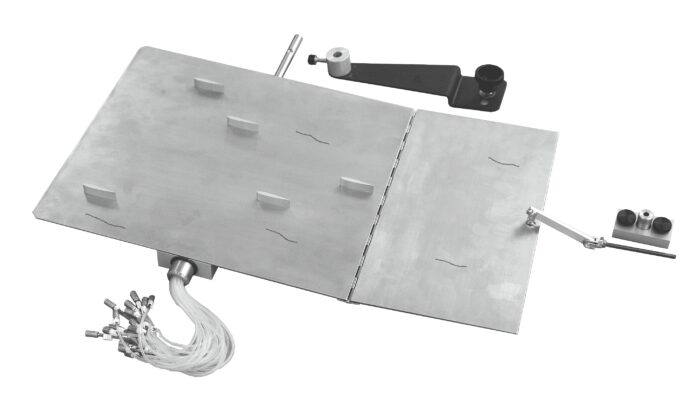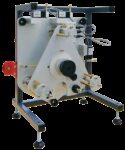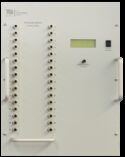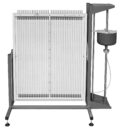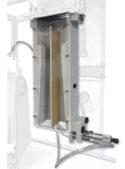Experiment
AF1300F
BOUNDARY LAYER MODEL
A flat boundary layer model to illustrate the phenomena of boundary layer development and separation. For use with the AF1300 Subsonic Wind Tunnel.
If you have any questions or you'd like to discuss a product, please call us.
+44 1159 722 611BOUNDARY LAYER MODEL
Shows boundary layer development and separation.
The model is a flat plate that spans the full width of the AF100 wind tunnel working section. It has aerodynamically shaped blocks mounted across the plate at different distances from the leading edge. Each block has five tapping points at different heights along its leading edge. Each tapping connects to flexible, numbered tubing that routes outside the wind tunnel. Students can connect the tubes to other optional pressure-measurement instruments. The tapping points allow students to measure the stagnation pressure. They use this to find the velocity at different heights from the surface and at different distances from the leading edge. This allows students to find the growth of the boundary layer along the plate.
On the trailing edge of the plate is a hinged flap. Students can adjust the angles of both the plate and the flap independently. This lets them create different arrangements to control pressure distribution and the boundary layer.
The surface of the plate has small ‘tufts’ to help students see the air flow around the surface of the plate.

